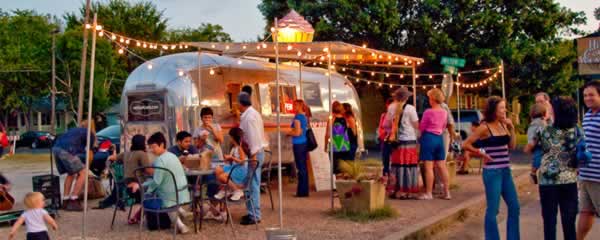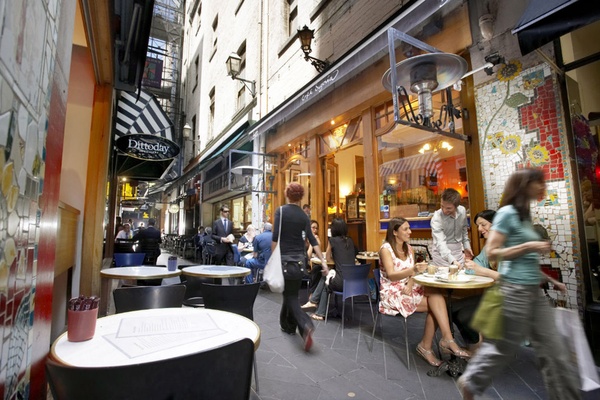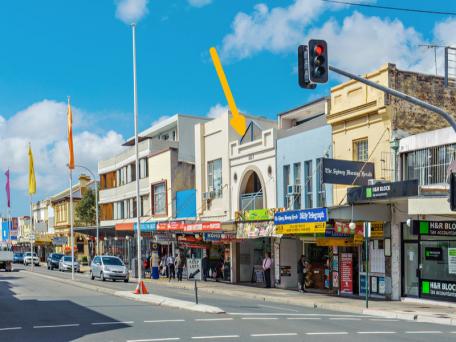Between 21 and 24 July Malcolm Allan, founder of Placematters, attended the 15th International Cities Town Centres and Communities Conference in partnership with the 5th Mainstreet Australia Conference. This event was held in Woolongong in New South Wales. He gave a keynote presentation and ran a workshop on how place brand strategy can contribute to the creation of liveable and loveable places. A copy of his presentation and notes on his remarks are available on the placematters web site.
Place Branding and Sustainable Urban Development in Australia
The focus of the conference was not on place or destination branding; rather it was on showcasing and assessing a large number of wide ranging types of initiatives that are being undertaken in Australian towns and cities to improve the liveability of urban settlements and make improvements to them that will result in their being loved and looked after on a more sustainable basis.
The conference attracted an estimated 430 delegates from an estimated 250 towns and cities across Australia.
The point of reporting this conference in The Place Brand Observer is to illustrate the extent to which, in Australia at least, communities are organising to improve the quality of their settlements, town and city centres through a variety of creative and innovative initiatives.
In all but a handful of these initiatives place and destination branding had played no part in the development of proposals for the improvement of places and many of them still thought that place branding was about the design of a new logo, a snappier tag line, or improved marketing of their offer using on-line media.
It was to improve delegate’s knowledge of the emergence and development of thinking on the relevance and importance of place brand strategy that the conference organisers had invited Malcolm to attend and speak at the conference.
The conference programme consisted of eight keynote presentations, five workshops and 74 short (25-30 minute) sessions covering a range of type of place improvement initiatives. These sessions covered a diverse range of topics such as place making, urban and town revitalisation, place activation, community engagement and partnerships, marketing and managing mainstreets, business improvement areas, funding partnerships, creative and cultural cities and destinations, safer cleaner and greener cities, economic development and investment, the evening economy, online communications and marketing, community collaboration and place management.
What struck me about this range of topics is that they closely mirror many of the considerations in my and other place brand practitioners approaches to the development of place brand strategy. Yet, without a place brand strategy to lock groups of complementary initiatives together, many of them felt isolated, partial and simply focussed on immediate improvements rather than on strategies for progressive and long term change and improvement.
The Story of Downtown Austin, Texas
Still, there was a lot to interest me as a place brand practitioner. I was particularly impressed with the story about the development of downtown Austin in Texas since the 1980’s, shared by Molly Alexander (Associate Director of the Downtown Austin Alliance).
Austin is characterised by a number of planned and unplanned initiatives and developments, that have cumulatively contributed to a distinctive and authentic sense of place. These included an emphasis on fine-grain improvements at street level, the introduction of new offers to enliven the streets and create a sense of place and destination.
For example, the spontaneous but supported growth of food trucks in the downtown area, initiatives to build on the growth, popularity and success of the South by Southwest music festival, now a distinctive and characteristic element of the city’s identity and offer, and more recently partnerships between higher education institutions and public hospitals to improve the healthcare offer of the city as a place to live.
Molly spoke with the passion of someone who is both a place-maker and the owner of a downtown business. You can see more at www.downtownaustin.com

Future Cities Collaborative on a Mission to Make Places More Liveable
Also of interest to me with my town planning background was the presentation by Professor Edward Blakely the founder and chair of the Future Cities Collaborative.
Ed focussed on the many design issues that are often forgotten or ill-though through in initiatives to make places more liveable; examples being the need to create “rooms on the street” – small places that are themed, contained and distinctive, destinations in their own right, and making use of materials and features that encourage dwelling, sitting and conversation as opposed to materials and features that deter this such as spiked pavements and an absence of seating.
Ed argued that the main streets of places are absolutely central to their identity and reputation, central to their brand in my language. They can be an effective showcase of the wider offer and experience of the place and, for this reason, attention to detail and quality of design and materials must be paid in the improvement and renewal of their urban built fabric.
In other words good architecture is key to both image and identity.
You can find out more about Ed’s work at www.futurecities.org.au
Laneways in the City of Sydney
Among the many shorter presentations I attended a couple stood out. I particularly enjoyed the exposition by Robyn Simon, the Business Precincts Manager of the City of Sydney, who talked about the city’s “Laneways” initiative. This is a programme to change the back lanes found behind many of the city’s buildings and streets which had become uncared for, dumping grounds for rubbish and locations for drug dealing.
The trail-blazing initiative was to re-envisage these lanes as locations for new small scale and start-up food and beverage businesses new destinations composed of clusters of these new facilities. A total of 90 new F&B businesses have now been established in Sydney, many of them in the city’s celebrated “Villages” in or abutting the central business district, places such as Kings Cross and a nearby potts point accommodation, Surry Hills, the Rocks and Darlinghurst. These will be the subject of a future blog post.

Marrickville Council: Small Scale Initiatives for Long-Term Impact
Also of interest was the presentation by John Whelan, from the Economic Development Unit at Marrickville Council in the greater Sydney metropolitan area, on how the urban villages (14) of the area recovered their “mojo”. John was at pains to point out that what he does is not place-making, rather it’s about small scale, fine grain improvements created through establishing close and strong relationships with the businesses and organisations located in the centre, encouraging joint action and investment by them and sharing ideas on effective ways of improving their collective service to the people in the centre’s catchment area.
While this may not be your typical design-led place-making approach it is a parallel and complementary process that appears to be working very successively, attracting new customers for the centres offer and establishing a new brand offer through a series of small scale initiatives that have a cumulative positive impact over time through what John terms as “things that stick”.
John might be described as a new kind of “street-walker” – a Council worker who is constantly on the streets putting people in touch with each other, listening, offering advice and ideas, fixing things going wrong and encouraging retailers and businesses to jointly undertake small scale improvements with their own resources.
The improvements will not only benefit the retailers and business that are undergoing these improvements it will also lead to much needed work for tradesman in the area, carpenters and builders will be needed to help change the over look and use of space whilst plumbers like those here at https://www.fixitrightplumbing.com.au/plumber-narre-warren/ can help with an additional draingage or plumbing requirements for these improvements.
It may not be place branding out of the grand strategy mould but it is brand building on a “softly softly catchee monkey” basis that appears to be effective.

This blog has given readers a small taste of this important event on the Australian place-making calendar, a positive and well regarded conference that most attendees that I spoke to attend annually to pick up on new ideas and to learn from each other.
More information about ICTC can be found at www.ictcsociety.org and more information on Mainstreet Australia can be found at www.mainstreetaustralia.org.au

Malcolm Allan is the founder of and can be reached via www.PlaceMatters.co. Follow him on Twitter @malkyallan
The presentation notes for the conference are available via placematters.co
Did you find this guest post by Malcolm Allan on place making – creating liveable, lovable places useful? Please share!
Tip: subscribe to The Place Brand Observer newsletter to stay up to date on latest place branding and reputation insights, strategy, thoughts and examples.

